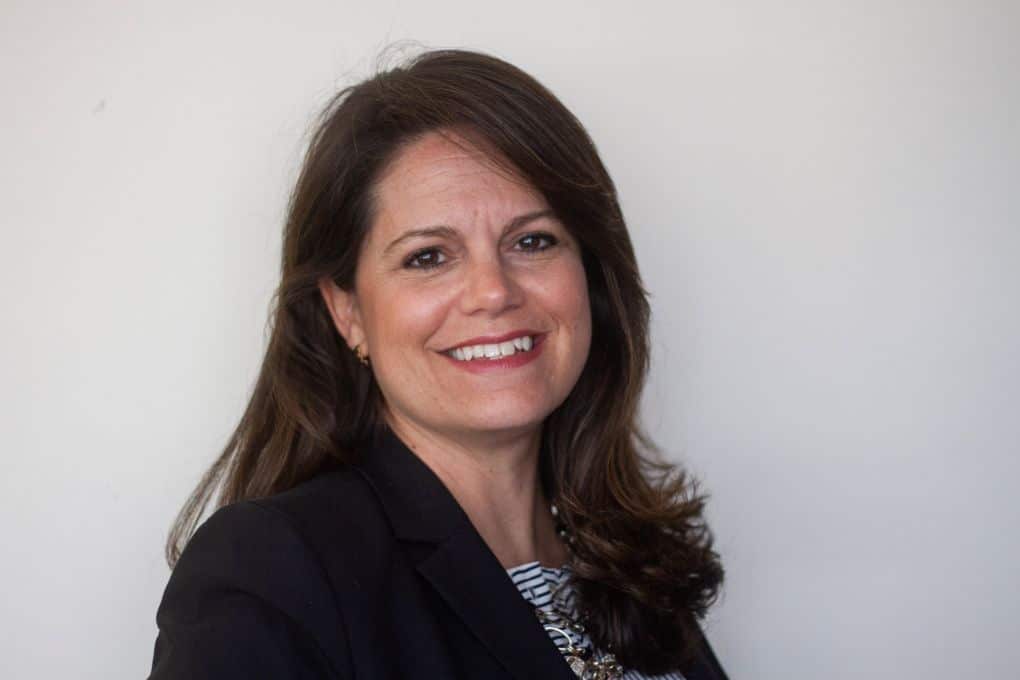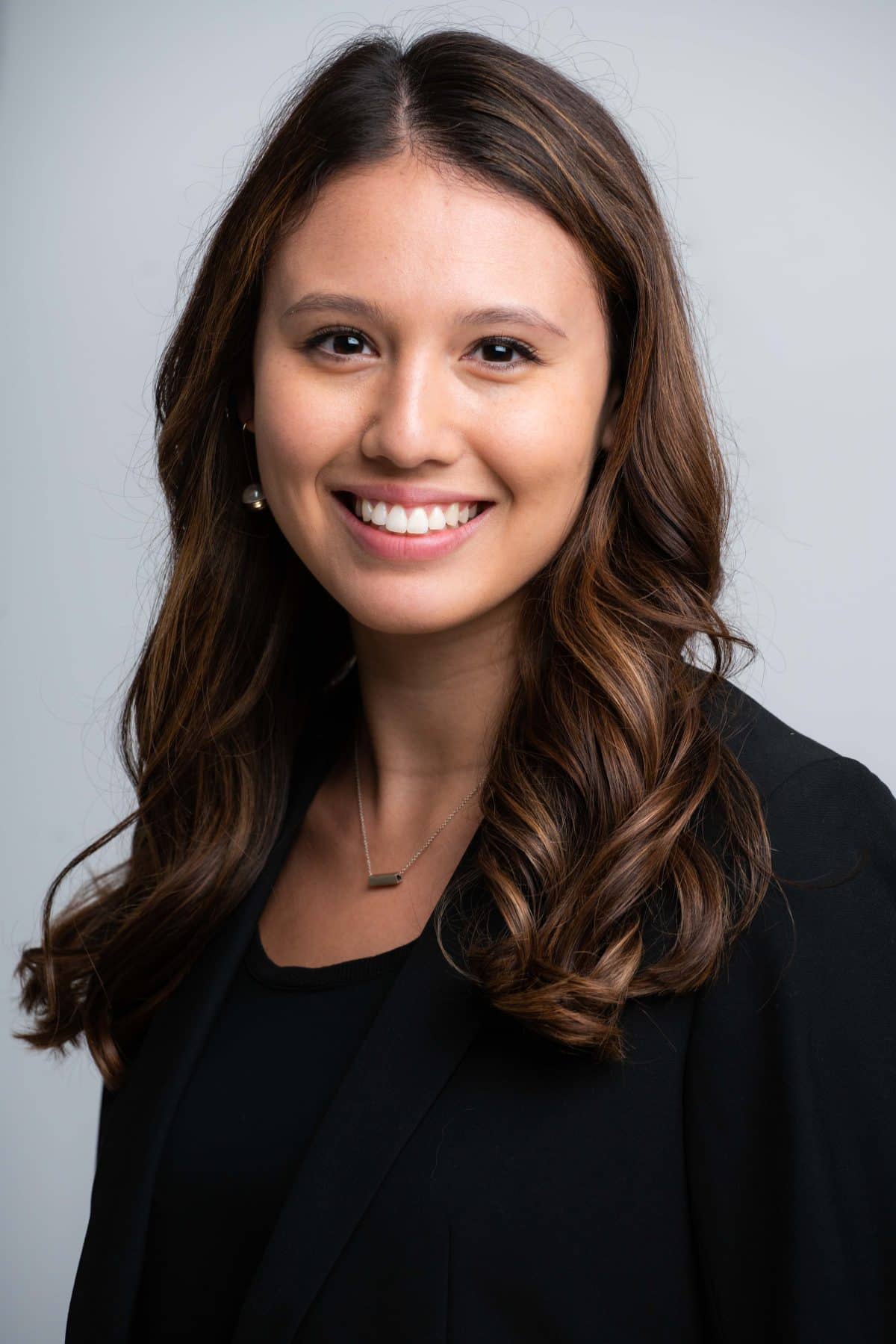Author and AI: The Perfect Pair for Advocacy Communications

By LeAnne DeFrancesco, vice president at Vanguard Communications
When I joined my company’s AI Task Force in early 2024, I knew I was going to be the skeptic on the team. I had an open mind about AI tools for other tasks, but for writing? I was not enthused, mostly because I assumed AI outputs would be stale, cold and only tell half the story.
To me, writing is a sacred process that not just anyone can do. You may learn technique and pick up style, but I still believe that people are born with a storytelling brain, or they aren’t. They know how to thread together thoughtful content that keeps readers interested, or they don’t. They can put themselves in the shoes of their audiences and deliver what they need to know and care about, or they can’t.
So to ask a machine to create a very original, nuanced piece of content seemed ludicrous.
At the same time, I saw — like everyone else did — the media headlines that gave me pause:
- “AI Is Finally Good at Stuff, and That’s a Problem” – Vox (2022)
- “Will ChatGPT Replace Your Job?” – Forbes (2023)
- “In the Age of AI, What Makes People Unique?” – The New Yorker (2024)
Dynamic Duo
The more I researched, read, talked to colleagues and consulted with peers about how they use AI to help them generate ideas or be a sounding board for their content, the more my stance on AI softened. Particularly in an industry with unforgiving deadlines and late-breaking curveballs, if AI could help me deliver for my boss or my clients by providing small, research-y shortcuts — without being dishonest or misleading — why not give it a go?
The same is true in advocacy communications. More often than not, probably, staff at advocacy organizations are stretched. There is a lot to do, to develop, in a short window of time. Breaking news on their issue changes their day in an instant. Response time must be quick, yet messaging must be on point. They need shortcuts without sacrificing the message.
If your goal is to change people’s hearts and minds about something, it’s not enough to just deliver the facts and summarize, which is what AI is good at. You need context, emotion and a personal story. You need impact, examples and turns of phrase that resonate with people. You might need humor, you might need shock. This is what humans are good at.
So really, combining robot with writer (or AI with author) is a perfect coupling.
Don’t Be Talked Into Breaking Up
There have been many threads on social media, blogs and podcasts pitting writers against AI. But in my view, there is no fight here, as long as leaders know how to use AI ethically and provide guidance for their employees to do the same.
- AI is good at some things, like searching online information quickly, and should be embraced for that quality. It can be clutch.
- Humans are good at other things, like providing the “color commentary” around issues and making things personal, relatable and memorable.
Writing is indeed an art, and AI is a science. A tool. A technology that can help us get to our beautiful prose and thoughtful executions more quickly.
Which for those of us in PR and in advocacy communications, sounds dreamy.
LeAnne DeFrancesco is a vice president at Vanguard Communications in Washington, D.C., where she leads the firm’s Design and Editorial practice. She joined WWPR’s Pro Bono Committee in 2018, where she has helped several D.C.-based organizations enhance their PR and communications activities.


